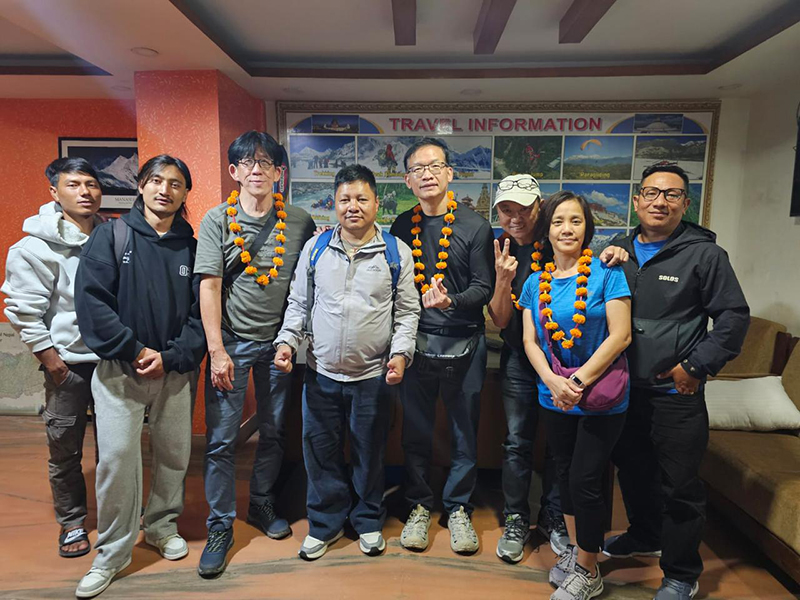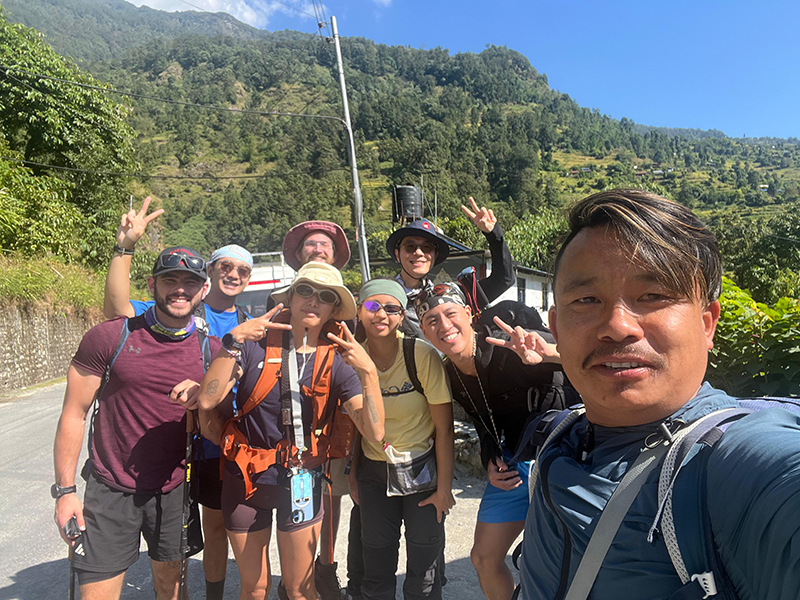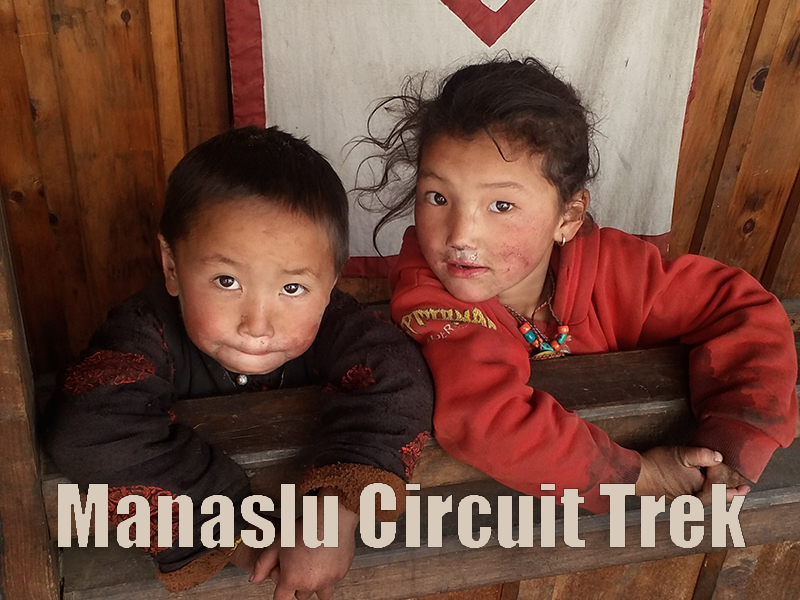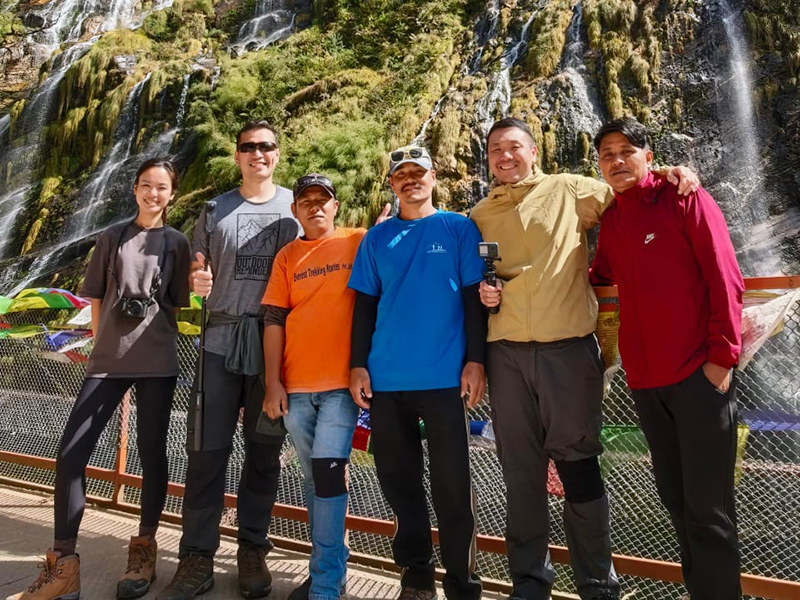How to reach Annapurna North Base Camp

Annapurna I is the world’s 10th tallest mountain with a whopping height of 8091 m and one of the popular peaks of the world. Conquering this mountain is a daunting task and it is one of the deadliest mountain to climb. However, people can easily reach its foothill by trekking. Lots of people visit the Annapurna Base Camp every year. The journey is to the South Base Camp of the mountain. The trail is always bustling with lots of trekkers, guides, locals, and porters. No wonder, the trail is full of well established tea houses and eateries. Interestingly, there is another base camp of the mountain which is the Annapurna North Base Camp. So, How to reach Annapurna North Base Camp?
Come let’s know in detail about the trekking trail to the Annapurna North Base Camp.
Annapurna North Base Camp: Top Alternative Trek Route
People are slowly starting to search for the alternative trekking route to all the commercial trekking routes of Nepal. Despite all these, the popularity of the commercial routes has not dropped which is expected as these trails are highly scenic. However, every now and then people love to find solitude in nature. Therefore, the Annapurna Base Camp Trek has the best alternative route to reach the base camp of the same mountain. The Annapurna North Base Camp Trek is the perfect getaway trekking route for trekkers to enjoy the rawness and beauty yet to be spoiled by the human intrusion.
Why Annapurna North Base Camp Trek is called Maurice Herzog Trail?
The trekking route of the Annapurna North Base Camp Trek is named after the French climber Maurice Herzog. He is the first person to successfully climb the mountain above 8000 m height. In fact, in 1950 Herzog and his team climbed Mt. Annapurna (8091 m) for the first time using the same trail. The locals of the region and the Maurice Herzog family in coordination with the Nepal Government supported to build the trekking route to the Annapurna North Base Camp (4190 m). Therefore, the trek route is called the Maurice Herzog Trail.
Are there tea houses in Annapurna North Base Camp Trek route?
Don’t worry about the lodging and meals in the Annapurna North Base Camp Trek route now. Earlier before 2024, there were no tea houses in the trail. Therefore, trekkers had to carry tents and kitchen supplies by themselves. Nowadays, you can find the tented accommodation and full – fledged kitchen run by the locals. Major overnight places where you can find the tented accommodation in the Annapurna North Base Camp Trek route are Hum Khola, Sadhi Kharka, Gupha Phat, Bhusket Mela, and Panchkunda Lake. If you are planning to do the Annapurna North Base Camp Trek, then no need to arrange for the tents and food supplies. However, it is recommended to you to carry sleeping bag.
If you wish to carry your tent in the route, you have to pay NRs. 500 to the local authority. So, be prepared for this. You can carry your tent and use the kitchen run by the locals for privacy. These tented accommodations must be shared by the fellow trekkers. During peak trekking season especially during the Nepalese holiday time, the trail is extremely crowded by Nepalese trekkers. Therefore, it is recommended to take your own tent for accommodation.
How to Reach Annapurna North Base Camp? Authentic Itinerary & Trek Distance
Well, it is probably the fastest route to reach the foothill of the world’s 10th tallest mountain Mt. Annapurna. Remember that the regular and popular base camp of the mountain is the Annapurna South Base Camp. The shortest itinerary of the regular trail is the 5 Days Annapurna Base Camp Trek excluding arrival and departure in Kathmandu. The 5 days journey is from Pokhara and ends in Pokhara. As for the Annapurna North Base Camp Trek, the journey starts from Hum Khola.
Let’s talk in detail about how to reach Annapurna North Base Camp with proper itinerary and trek distance.
Beni to Hum Khola Jeep Drive
The road distance between Kathmandu and Beni is about 285 Kilometers and Pokhara to Beni is about 85 kilometers. You can reach Beni by road or by flight to Pokhara and further drive to Beni. The choice is yours. Hire a local jeep from Beni that costs you around NRs. 8000 to NRs. 10000. It is a 20 kilometers off road drive via Tatopani. Hum Khola is a small village and it is the trail head of the Annapurna North Base Camp Trek.
Trek to Sadhikharka via Phut Phute Waterfall
Trekkers can start the trek immediately after reaching Hum Khola. If you don’t want to do the rush trekking which is also not recommended, then the first night is in Sadhikharka. The trek distance between Hum Khola and Sadhikharka is about 5 kilometers. On the way to Sadhikharka, there are two famous places which you should not miss. They are Phut Phutey Waterfall at an altitude of 3160 m from sea level. The blue turquoise lake formed by the water coming out of the Phut Phutey waterfall is so picturesque. Another one is the Gurase Danda which is famous for observing the river valleys and gigantic hills in the middle of the forests.
Sadhikharka to Panchkunda Lake via Bhusket Mela
The trail from Sadhikharka to Panchkunda Lake via Bhusket Mela is gentle uphill. However, you may feel tired due to the increase in the altitude. The lunch place is at Bhusket Mela (3651 m) after walking about 3 kilometers. Finally, trekkers can reach the Panchkunda Lake in the foothill of the Annapurna I Mountain in about 3 to 4 hours covering about 8 kilometers. The location of Panch Kunda is so majestic that you get to see the mirror image of mountains like Annapurna, Neelgiri, and Tilicho Peak.
Exploring Annapurna North Base Camp (4190 m)
The final destination in this amazing journey is the Annapurna North Base Camp (4190 m). It takes about 40 minutes to 1 hour to reach the base camp from Panchkunda Lake (4050 m). Total trekking distance of the Annapurna North Base Camp Trek is about 30 kilometers including return trip to Hum Khola.
There are lots of confusions about how to reach Annapurna North Base Camp. I hope that the blog has helped you to plan for this amazing alternative way to reach the Annapurna Base Camp.
Recent Travel Blog
Travel tips and Mostpopular activities around in Himalayas.

How to reach Annapurna North Base Camp
Annapurna I is the world’s 10th tallest mountain with a whopping height of 8091 m and one of the popular peaks of the world. Conquering this mountain is a daunting…

Khopra Ridge Trek and Mohare Danda Trek
Khopra Ridge Trek and Mohare Danda Trek: Best Alternative Short Trek Routes in Annapurna Do you know that the Annapurna region of Nepal is the finest trekking destination of Nepal?…

Manaslu Circuit Trek with Local Trekking Guide
Manaslu Circuit Trek with Local Trekking Guide is the best way to understand the unique, spiritual, and natural wonders of the region. The trail is slowly getting attention from trekkers…




